Every year, LG tries to push back the limits of an OLED technology that it masters from start to finish and that it was until very recently one of the only ones to provide. The return of its main competitor, Samsung, with the QD-OLED forces the Korean to achieve real feats under penalty of being dominated on its own ground. In this little game of constant improvement of existing technology, LG had slightly failed last year by promising a gain in brightness that it did not really manage to achieve during its passage on the test bench. This year, the promise is even stronger with an Evo panel combined with a 5th generation Alpha 9 processor. The difference with last year? If LG does not keep its word, it is Samsung or Sony and with its A95K in QD-OLED that could well benefit.
Everything to be fixed to the wall
It is an understatement to say that LG produces some of the most beautiful OLED televisions on the market. The G2 is no exception to the rule, combining extreme finesse, lightness (it now incorporates composite materials) while obscuring the edges as much as possible (6 mm only). Concretely, with less than 25 mm thickness, the G2 does everything so that its owner sticks it to his wall. Maybe even a little too much. Explanations. Convinced that the only place in its “design gallery” is to be suspended, LG considers that the user can do without a foot. Like last year, the Korean manufacturer prefers to provide a wall bracket in the box. If he wishes to put the television on a piece of furniture, its owner will have to acquire a foot sold as an option (200 euros all the same).
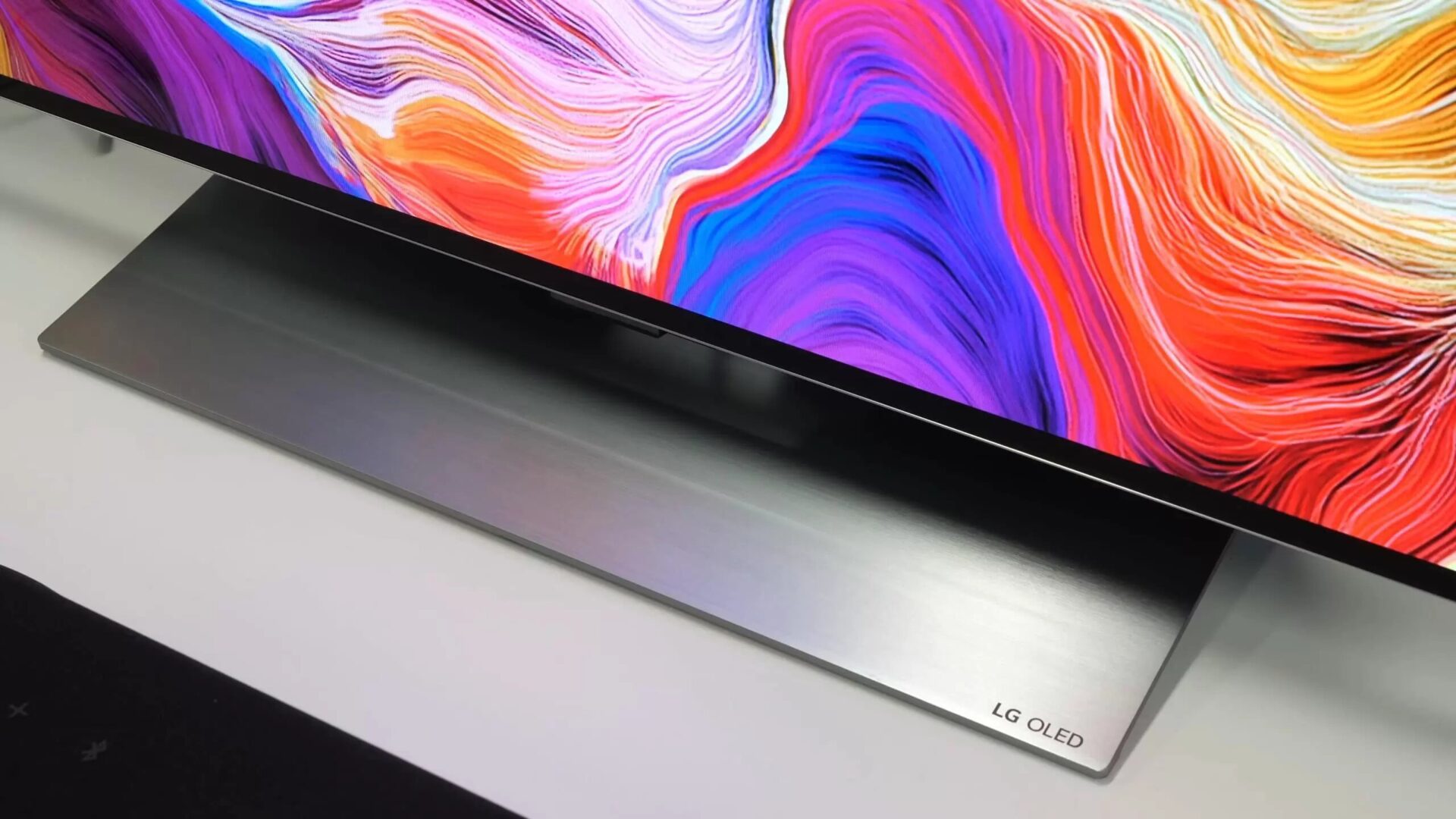
By doing so, LG puts its users in a dilemma, encouraging them most of the time to put their hands back in their wallets. Indeed, the majority of users, even OLED TVs, opt for the arrangement on a piece of furniture. The practice is all the more painful as the price of the G series has increased significantly since last year (last year’s 55G1 was sold for 500 euros less than the G2). On the other hand, on the 65-inch panel, that of our test, the price remained similar. The manufacturer could, for example, let the user choose his type of installation when ordering. The solution would not only be more ecological (unused wall brackets would no longer collect dust in the cellar) but also more financially attractive. At least for the buyer…
Light at the heart of the debate
It is an understatement to say that the G2 was full of promise before passing the doors of our lab. LG’s top of the range has the chance to ship both the new OLED EX panel, as well as the latest version of the house processor, the fifth generation Alpha 9 with AI. On paper, it’s simply the best the manufacturer has in store. And in fact?
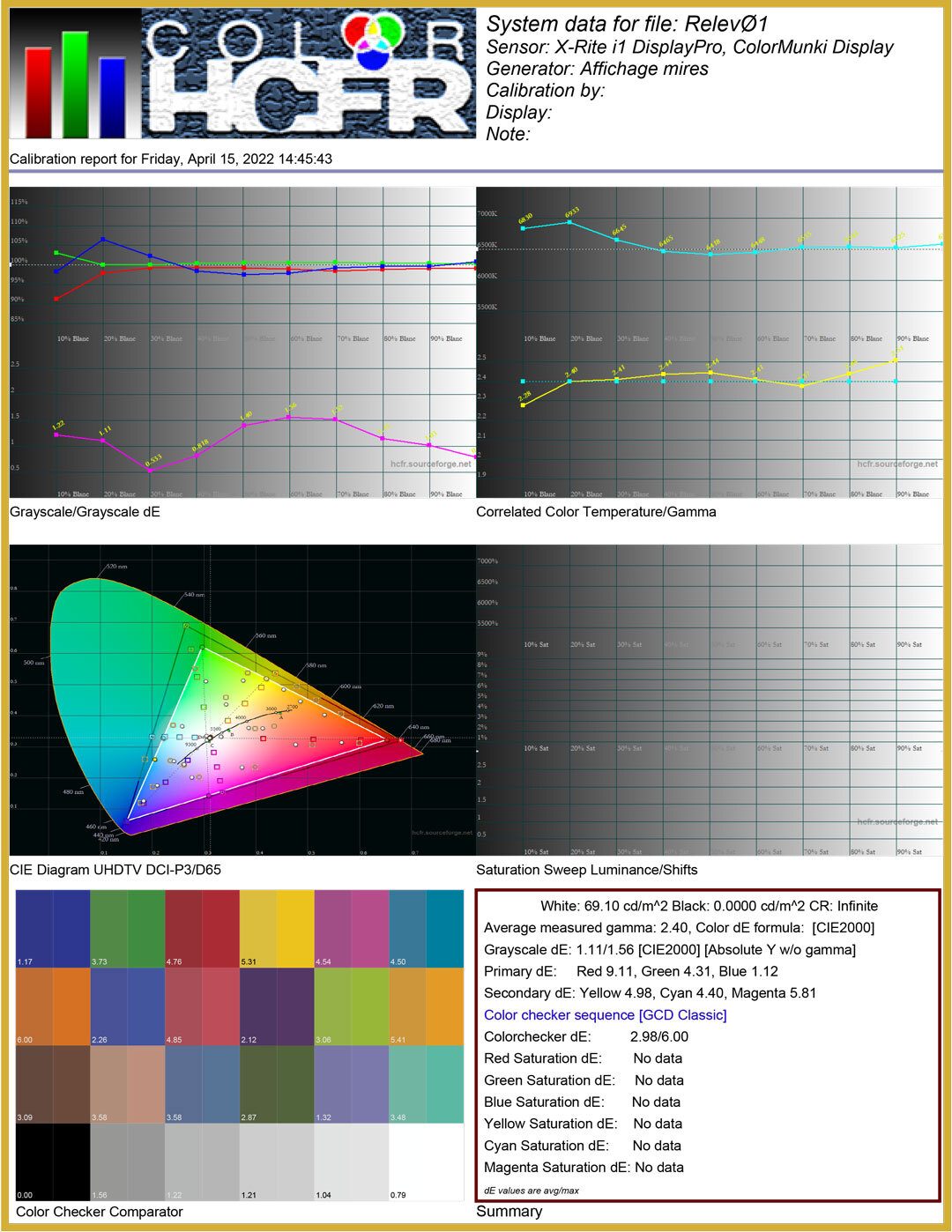
The G2 offers one of the best images on the market. The advantage of this latest generation of panel is that it works very well with the cooling system specific to the G2. In fact, it is on this model that the manufacturer achieves its best performance in terms of brightness. It’s simple: the G2 displays one of the best light peaks in its category in HDR mode, exceeding the symbolic bar of 1000 cd/m2 (1024 to be precise). These performances in luminosity effectively make it possible to make the best use of the HDR format. As with the rest of its range, this model is compatible with HDR10, Dolby Vision and HLG formats. On the other hand, LG is still ignoring the HDR10+ promoted by Samsung, and that’s a shame.
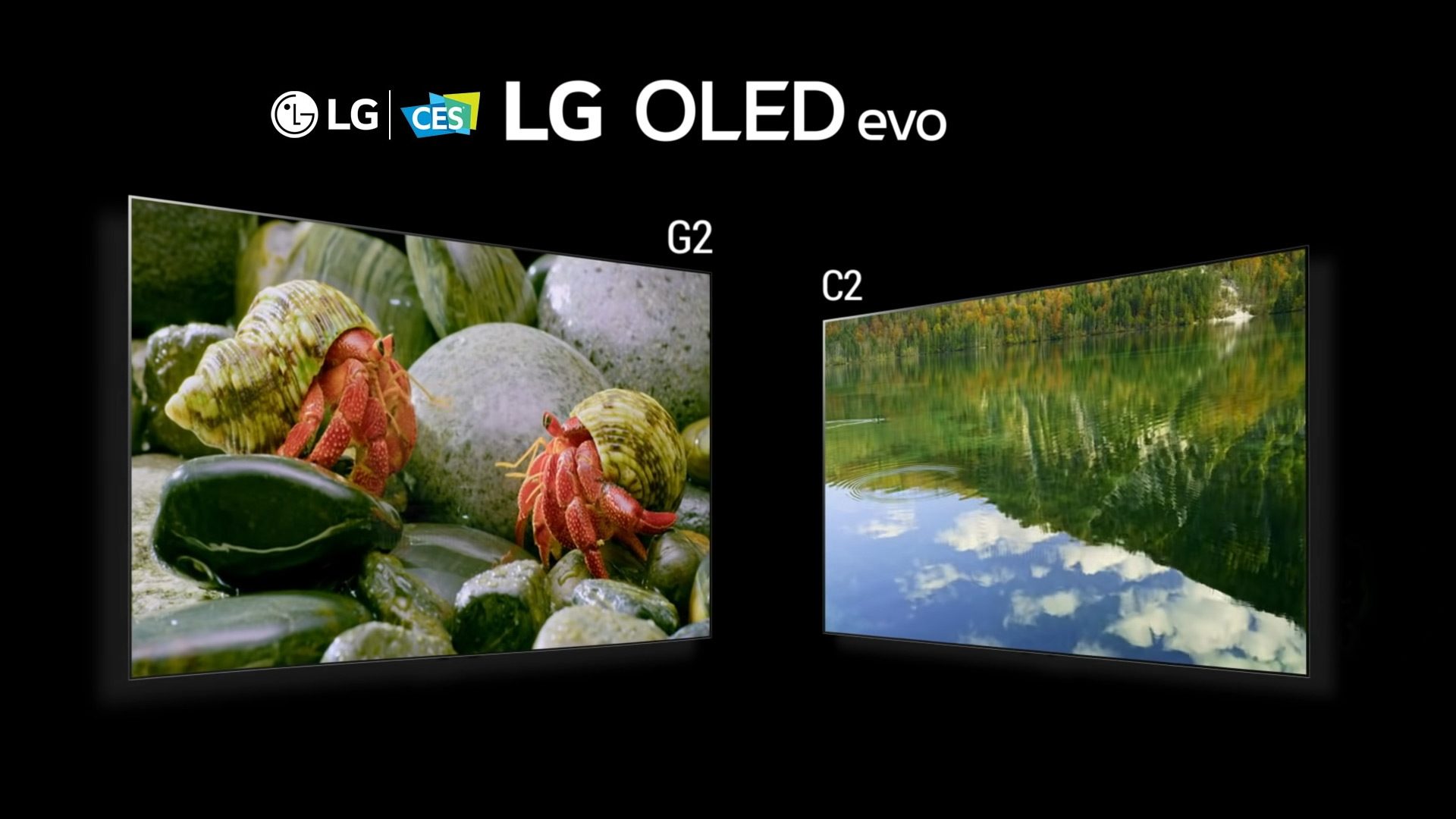
To take advantage of the color accuracy of the G2, we advise you to opt for the Filmmaker mode, the equivalent of the cinema mode, which removes superfluous processing and which concentrates on the essential: respect for the colors. Here too, the brightness is at its height, but not only. The colorimetry is simply impeccable with an average Delta E measured at 1.58, well below the threshold of 3, the point beyond which the human eye no longer perceives the difference between the colors displayed on the screen and reality. The color temperature is also perfect with a curve that almost perfectly matches that of the 6500 K reference. Finally, as always, the contrast of the OLED is considered to be infinite, which completes the assessment of the image quality of this G2. On the other hand, it was not possible for us to carry out our usual test on the angles of view. In the absence of precise data, we can simply say, based on our experience, that these look very good.
As for the other strong point of the G2, its processor, we have to admit that we are reaching the limits of our test capabilities here. Indeed, it is very difficult, even using the same video sequences, to quantify the progress in image processing of a processor from one year to the next. This part is therefore more subjective, but we can say that the motion compensation engine is still very efficient, just like theupscaling which takes full advantage of the intervention of AI to scale content without generating artifacts. In other words, if you fall for a G2, do not hesitate to bring out your old DVDs, the LG panel will take great care of them.
Always a master in video games
For a few years now, LG has built a solid reputation as a TV manufacturer “for gamers”. This is not usurped as the manufacturer has taken care not only of its game mode, but also of its connectivity and the compatibility of its televisions with the various existing platforms.
The G2 is obviously no exception to the rule and even erases the slight flaws of its predecessor. Indeed, the four HDMI inputs are standard 2.1 and their bandwidth has been unleashed at 48 Gbit/s. This last point is a direct response to the criticisms that the manufacturer had suffered from some players. It is clear that they have been heard. Of course, HDMI 2.1 compatibility is total with support for 4K at 120 Hz, VRR (Variable Refresh Rate) and ALLM.
If these concepts are foreign to you, we strongly invite you to read our explanatory article on these technologies and their interest in the context of an association with a latest generation console.
Audio quality: the only weak point?
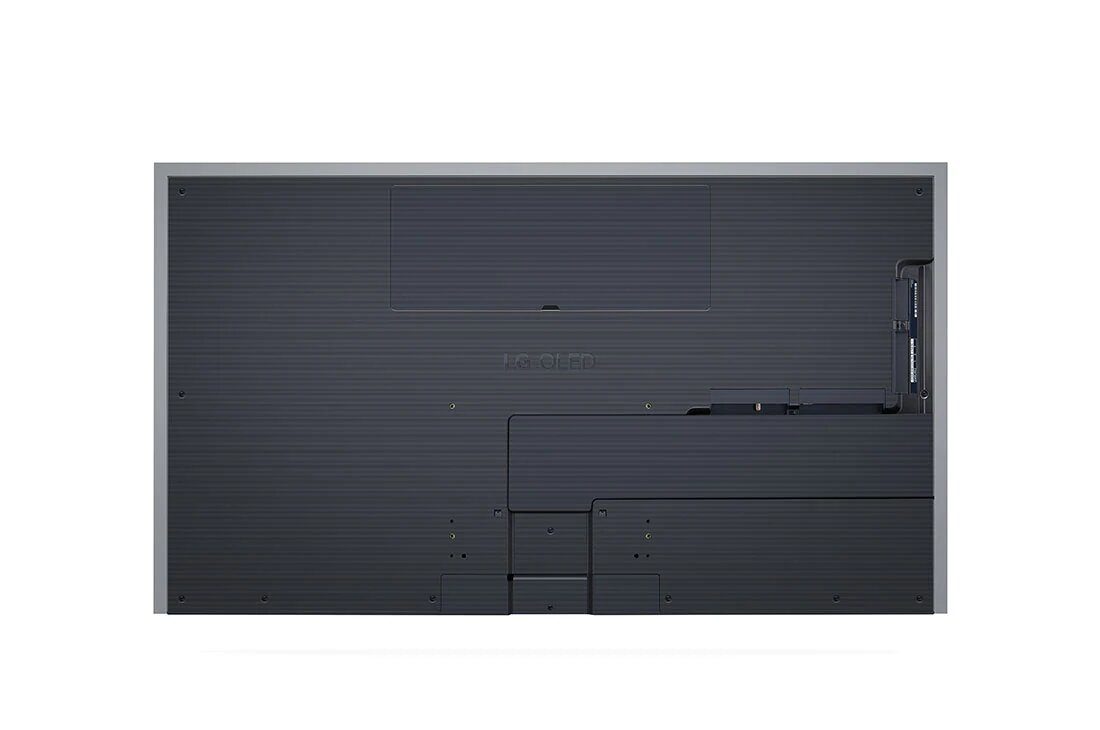
When it comes to audio, LG hasn’t really changed the proven recipe of the past few years. The manufacturer suffers from a relatively basic paradox. That of having to integrate a quality audio system into a particularly thin chassis. As a result, the Korean does not work miracles. The rendering of this G2 is honest, but can sometimes lack power (despite the 60W displayed on the technical sheet). This is particularly the case in the bass which only accentuates the need to use a sound bar or a more ambitious audio system.
In fact, even if LG’s approach is appreciable, the manufacturer having made its OLED compatible with Dolby Atmos, the result is set back compared to what a Sony manages to obtain for example, which remains in our opinion the reference for OLEDs. . Where others, like Philips with the OLED936, have chosen to opt for a soundbar, LG prefers to rely on software processing of the audio signal, thanks to artificial intelligence (AI Sound Pro). The result may suit most users, but probably not those whose ear is more demanding.
Web OS adds profile management
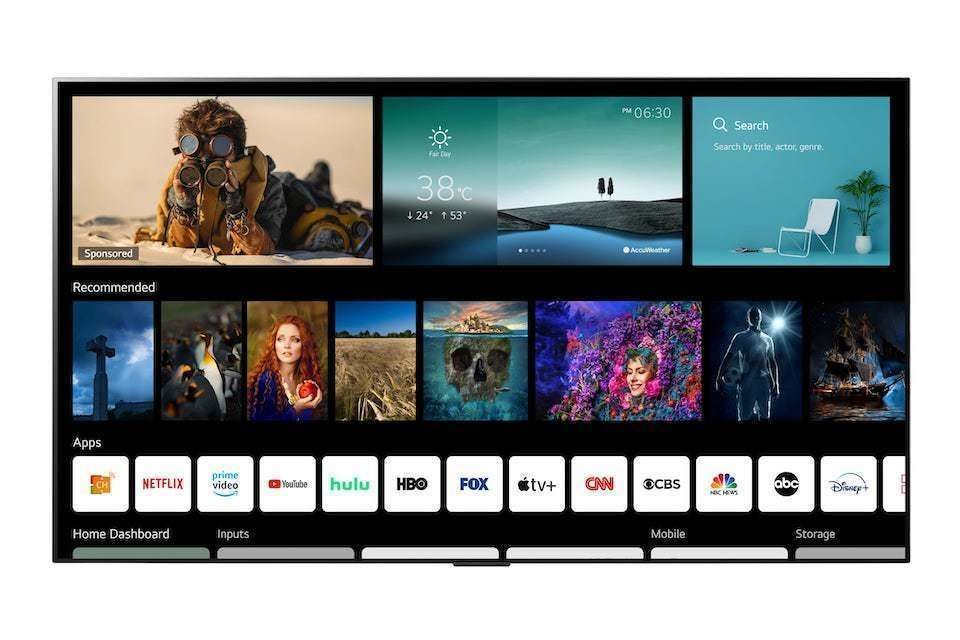
With the G2, LG inaugurates a new version of its Web OS interface. Version 22 of the operating system takes up some of the good ideas of Android TV with the highlighting of certain content and a slightly more airy presentation. But the great novelty this year is the management of profiles which makes it possible to configure the display according to the tastes of the user.
Interesting on paper, this feature will have to demonstrate its usefulness. Indeed, insofar as the television is the family object par excellence, it is not certain that each member of the family finds an interest in configuring his own profile. In doing so, it adds an additional step before being able to access its content, for all users. This choice has a direct consequence: the disappearance of the traditional “Launch Bar”, with menus that are much closer again to what Google TV offers.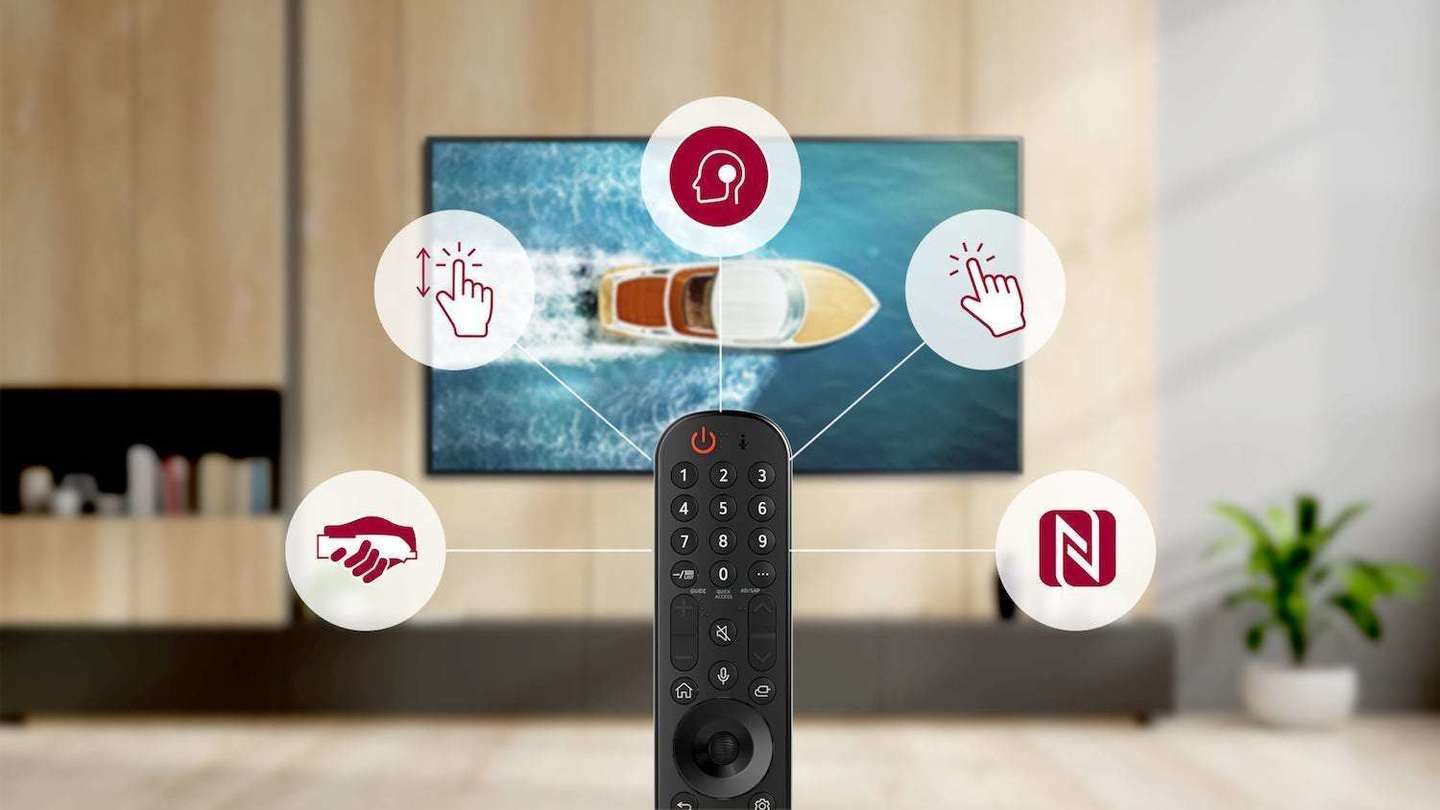
Finally, even if the interface is still as fluid, it has the latest applications and a natural navigation to the “Magic Remote”, it is clear that WebOS yields some ground to Android. Its latest developments tend to smooth out its offer somewhat, but that’s precisely what was so significant with this OS, a different approach without being less intuitive.
[related_posts_by_tax taxonomies=”post_tag”]
The post LG 65OLEDG2 review: always more light and a little closer to perfection appeared first on Gamingsym.
